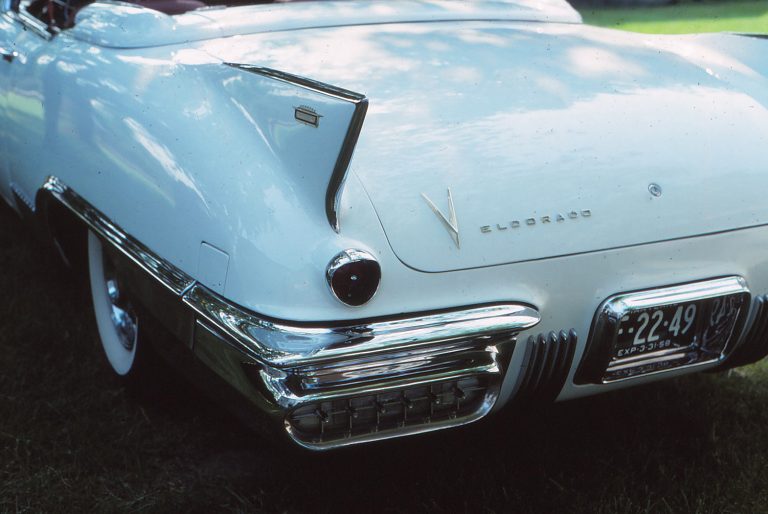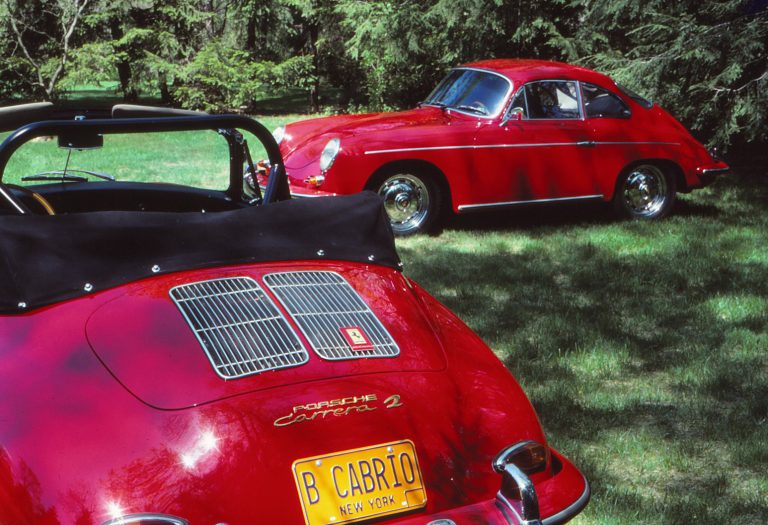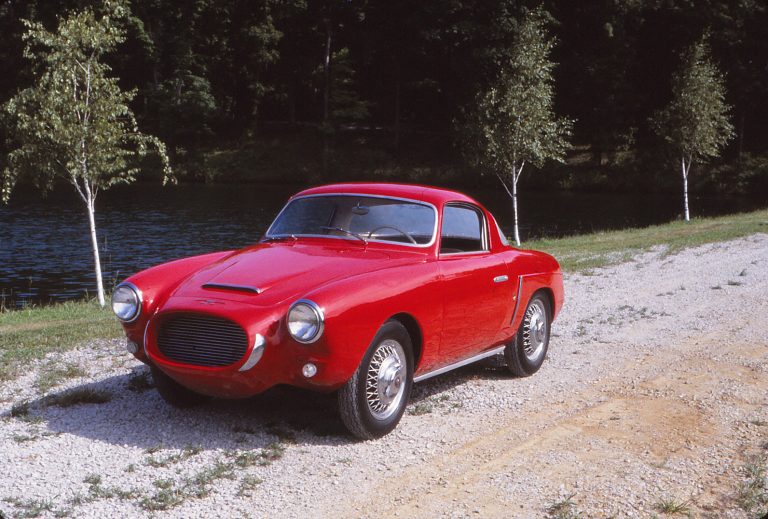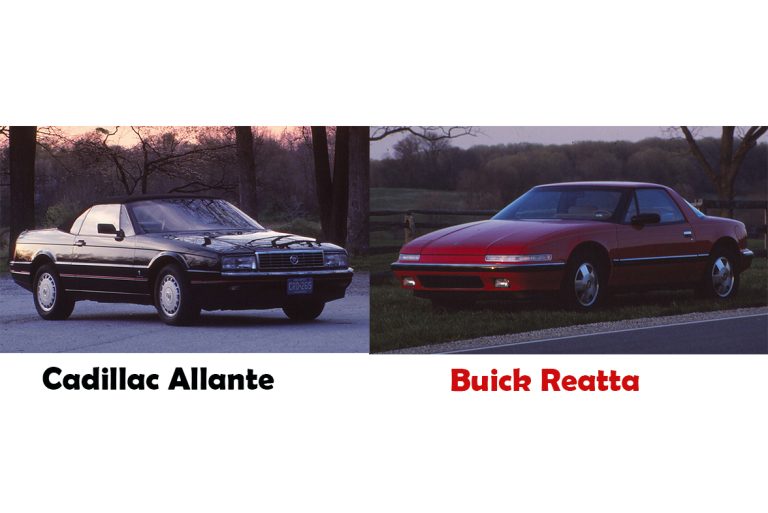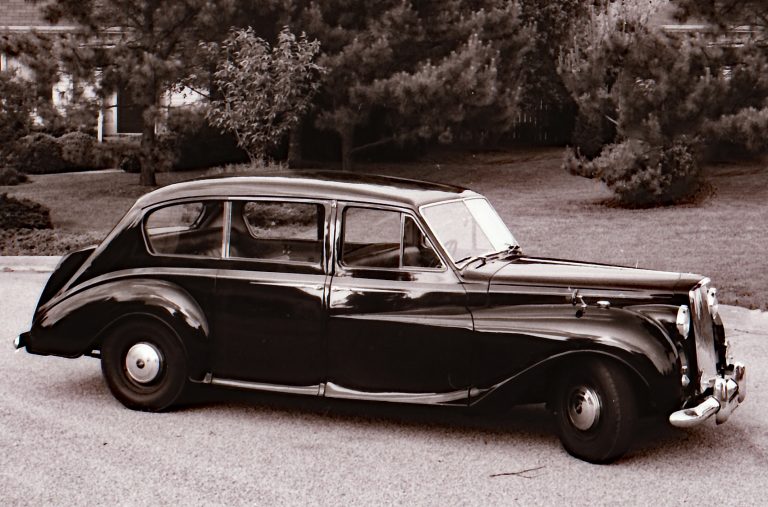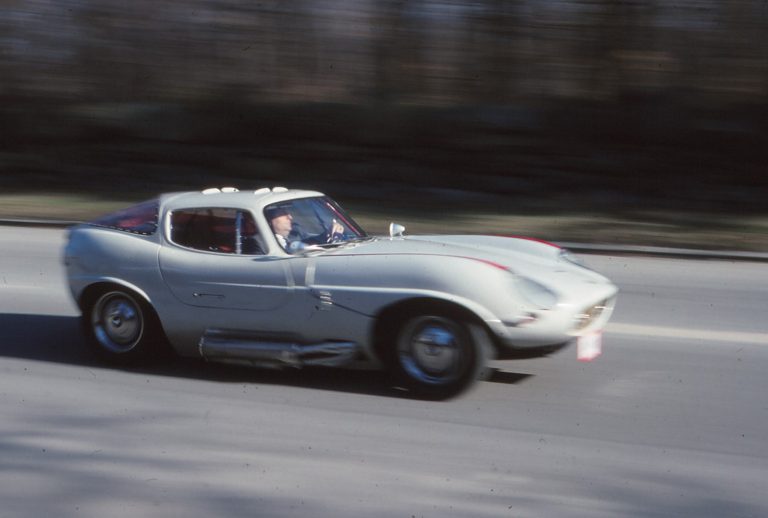History originally published in AutoWeek June 19, 1989
We have become so accustomed to the radically modified VW – it approaches minor religion status in Southern California, but then what doesn’t?– that it’s easy to forget that in the 1950s the Volkswagen was just another imported car and that buying in imported car was like shopping in the weird fruit section at the supermarket. Most folks preferred Red Delicious.
But apparently people bought mangoes and breadfruit in sufficient quantities for the A&P to stock them, and enough people bought Renaults and Fiats and Hillmans and VWs to support a flourishing aftermarket of suppliers of accessories and hop up parts. There were, for example, at least four different superchargers available for the VW in 1955.
Volkswagen, of course, maintained that no modifications should be performed on its cars, that 32 HP was enough. And anyway, VWs were raced in the 750 to 1200 cc Production Class, which back then was much closer to today’s showroom stock.
But there were speed demons who wanted more than a top speed of 68 mph, and they wanted 0-60 times under 30 seconds. One of these was a Connecticut resident named Philip Jones. Shortly after buying in 1954 Volkswagen Cabriolet from VW dealer George Lazaravich, who had bought the car for personal use, Jones ordered a full-house hot-rodding of the convertible’s engine and upgraded the chassis.
The convertible, produced by Karmann, was imported to the U.S. only as a special order direct from the factory. Convertibles had European-style “heart taillights” (so named for the shape of the lens on top of the reflector body) and lighted semaphores just behind the doors.
Lazaravich didn’t have the car long. It was built November 25, 1954, and the invoice dated January 26, 1955, shows Jones took the car to Bond Motors in Old Saybrook, Connecticut, for a complete engine rebuild, including new crank, cam and head. On a car originally costing $1,995 (the sedan listed for only $1,655), Jones spent a total of $778.30 on modifications: $192 for labor, $27.17 for VW parts, and $542.05 for “accessories.”
Accessories? On a corner lot on Roberta Street in Riverside California, was a small brick building. On the front was a picture of a Globe and the name, European Motor Motor Products Inc., and inside were shelves of Fiat, Porsche, Renault and Volkswagen parts. EMPI, later to become one of the leaders in VW hop-up parts, was already importing speed parts made in Germany by Oettinger Kraftsfahrttechnische Specialanstalt, or Okrasa for short. Jones opted for the Hi-Torque Power Kit: “High Compression” (7.5:1) dual port heads, dual intake manifolds, a pair of “Porsche Type” 32 Solex carburetors, as well as air cleaners, throttle linkage, fuel line and assorted nuts, bolts, washers and gaskets.
Jones also brought the Okrasa stroker crank kit that bumped displacement from 1192 cc to 1286 cc, the EMPI three-quarter camshaft and the EMPI Filtercooler, a finned cast aluminum cannister that allegedly reduced oil temperature 20 percent. And an oil temperature gauge, a tachometer, chrome door pulls, a glovebox door pull, adjustable seats and a special white plastic steering wheel with a horn button with St. Christopher in the center surrounded by the signs of the zodiac, apparently covering all the bases. Jones later added a front anti-rollbar. The Okrasa modifications, less the stroker kit, were good enough for Road & Track to reduce 0-60 times by a third, down to 18.4, and increased top speed to 87.5 mph, in a “Ghia-Karmann coupe.” Quarter-mile time was 20 seconds. Using this performance data, the magazine calculated engine output at 46 HP. (Another source put the gains with the stroker kit at 54 hp at 4300 rpm and torque to 82 lb ft at 2800 rpm). R&T’s only complaint was that the VW was too easy to over-rev, a real problem with the stock crank, although the Okrasa stroker crank was good for a whopping 5000 rpm.
Phil Jones died of a heart attack at the wheel of his VW, and his widow parked it in a garage where it sat until a couple of years ago, when it was bought by Diane and Steve Mierz of New Haven, Ct., who had it flawlessly restored by Joe Alackness and Tim Snyder at Alackness Auto Service Inc., in Royersford, Pa. The only problems were air cleaners, which the car no longer had, and the limited clearance caused by the convertible top. Luckily, pair of Hebmuller (an early ‘50s two-seat convertible Beetle variant) air cleaners with just the right offset were found to fit.
Although the VW would run on only two cylinders for our photo/test session, Diane said acceleration is about equal to the ‘72 Beetle she used to own.
Perhaps more rear-engine VW’s have been hot-rotted worldwide than any other car model. Unlike historied racers or limited production sportsore luxury cars, the mass-produced chassis was more often cannibalized and discarded than preserved. The Mierzes’ Cabrio surviives as a rare example of a speed-equipped 1950s Volkswagen.
Addendum: More information on the original Okrasa-Volkswagen engine kits.






